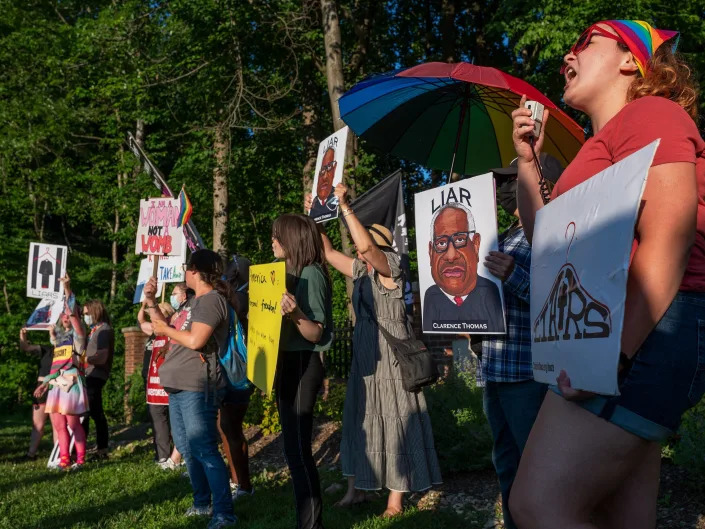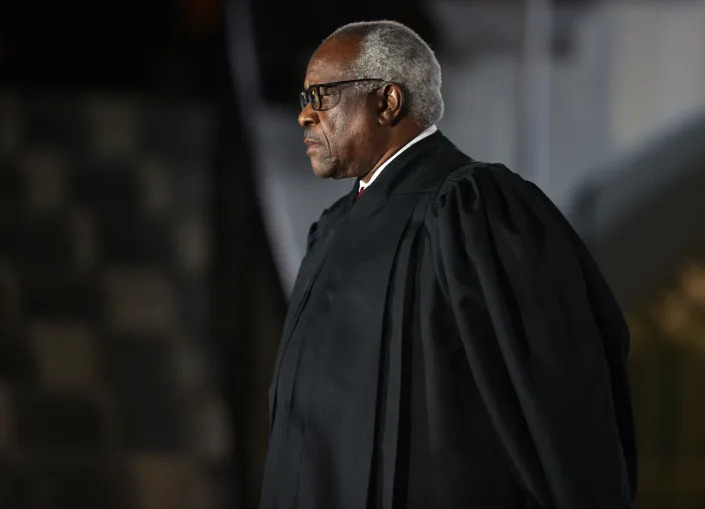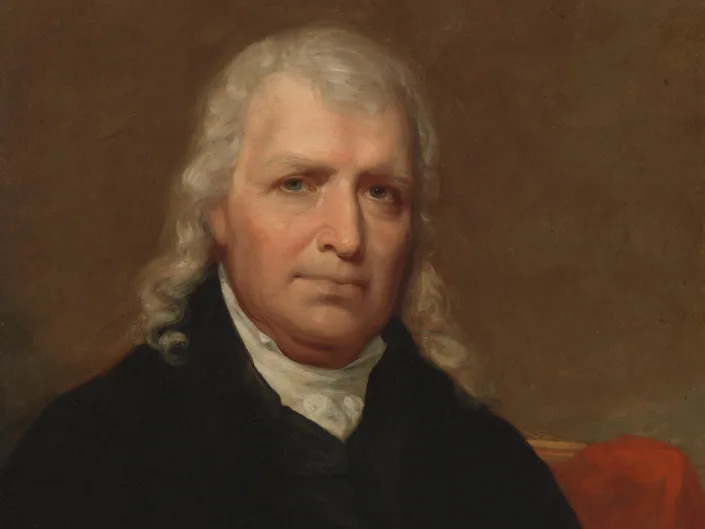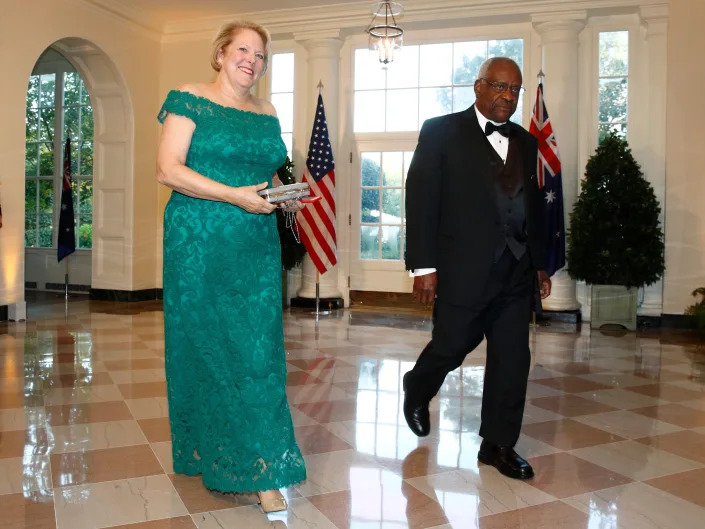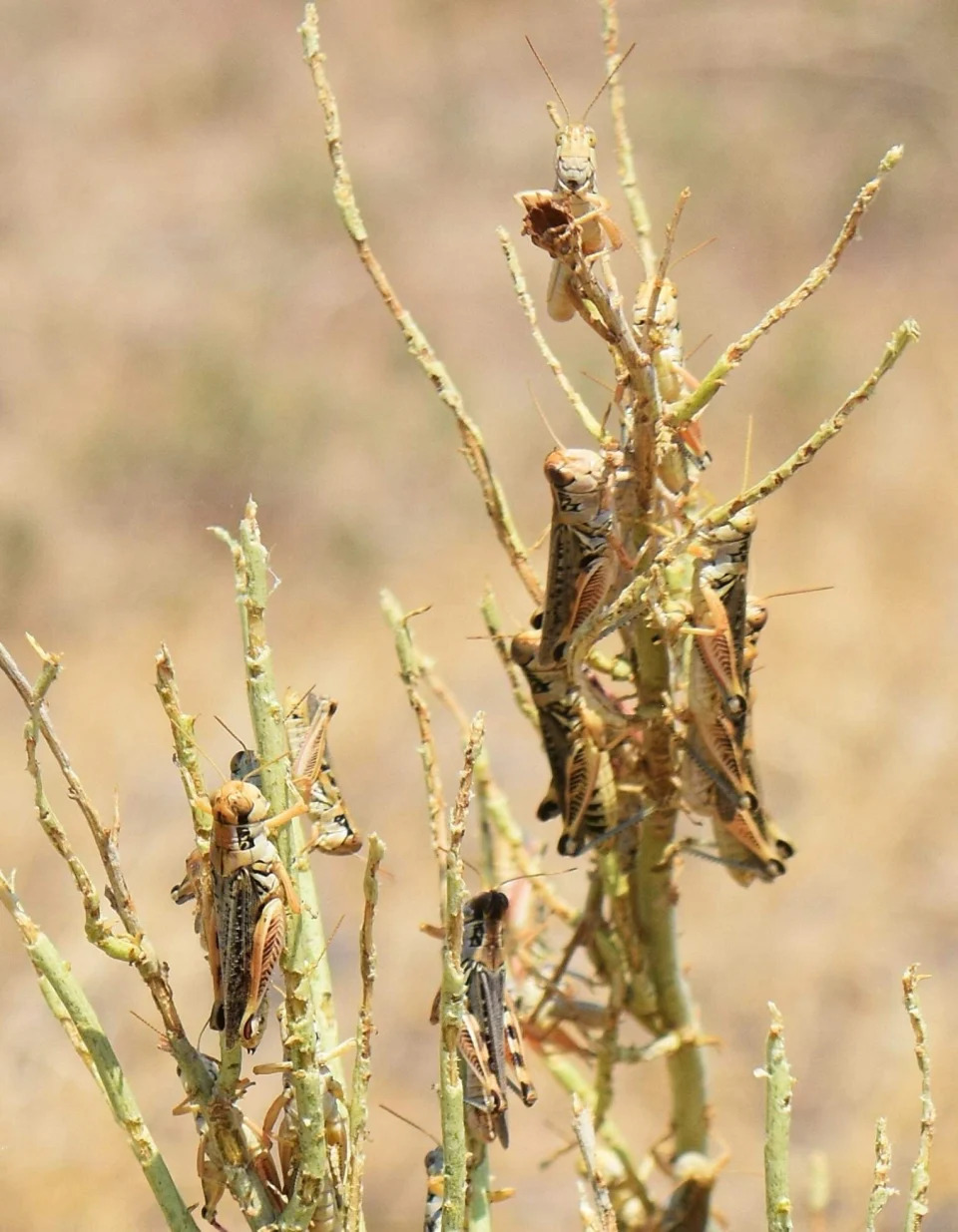Reuters
U.S. Supreme Court expands state power over Native American tribes
Lawrence Hurley – June 29, 2022

WASHINGTON (Reuters) -The U.S. Supreme Court on Wednesday dramatically increased the power of states over Native American tribes and undercut its own 2020 ruling that had expanded tribal authority in Oklahoma, handing a victory to Republican officials in that state.
In a 5-4 decision authored by conservative Justice Brett Kavanaugh, the court ruled in favor of Oklahoma in its bid to prosecute Victor Castro-Huerta, a non-Native American convicted of child neglect in a crime committed against a Native American child – his 5-year-old stepdaughter – on the Cherokee Nation reservation.
Until now, states generally lacked jurisdiction over such crimes, which were prosecuted by the federal government.
The change of course only two years after the July 2020 ruling in a case called McGirt v. Oklahoma was made possible by conservative Justice Amy Coney Barrett’s October 2020 appointment by Republican former President Donald Trump to replace the late liberal Justice Ruth Bader Ginsburg, who had been in the majority in that decision.
Conservative Justice Neil Gorsuch, as he did in 2020, joined the court’s liberal bloc on Wednesday in favor of Native American interests, but its expanded conservative majority meant that this time he was in the minority.
“To be clear, the court today holds that Indian country within a state’s territory is part of a state, not separate from a state,” Kavanaugh wrote in a decision that scholars of Native American law said was a major departure from longstanding precedent.
Kavanaugh added that “under the Constitution and this court’s precedents, the default is that states may exercise criminal jurisdiction within their territory.”
In the McGirt decision, the court recognized about half of Oklahoma – much of the eastern part of the state – as Native American reservation land beyond the jurisdiction of state authorities. That ruling, criticized by Governor Kevin Stitt and other Republicans, meant that many crimes on the land in question involving Native Americans would need to be prosecuted in tribal or federal courts.
Castro-Huerta’s lawyer, Zachary Schauf, said the ruling was “devastating” for his client and others affected but glad the court had not overruled the McGirt decision.
“We look forward to continuing the fight for tribal sovereignty, in Oklahoma and nationwide,” Schauf added.
Wednesday’s ruling affects Oklahoma and could be extended to other states. About 20 states where tribal reservations are located could seek new authority to exert criminal jurisdiction over crimes committed by non-Native Americans against native Americans on Native American land.
That includes western states with large Native American populations including Arizona and New Mexico.
Arizona State University law school professor Stacy Leeds, an expert on Native American legal issues, said the ruling upended “the entire field of federal Indian law” that was based on the assumption that Congress decided the extent of state power over tribes.
“It seems to invite the state in – not by action of the federal government or consent of the tribe. Somehow the states have now magically acquired inherent state jurisdiction,” Leeds added.
‘GRIM RESULT’
Writing in dissent, Gorsuch called Wednesday’s ruling a “grim result for different tribes in different states,” but said its impact could still be limited by individual treaties and laws passed by Congress.
“One can only hope the political branches and future courts will do their duty to honor this nation’s promises even as we have failed today to do our own,” Gorsuch added.
Thirty-five states are home to federally recognized tribes, according to the National Congress of American Indians. Before the Supreme Court ruling, 16 had already been given authority by Congress to assert jurisdiction over at least some tribal land for crimes involving Native Americans.
Oklahoma Attorney General John O’Connor, a Republican, said that as a result of the McGirt ruling many crimes were not being prosecuted by federal authorities.
“Now the state prosecutors can take up the slack and get back to what we have been doing for 113 years,” O’Connor added.
The state already prosecutes crimes committed in the affected land in which no Native Americans are involved. Tribal courts handle crimes committed by and against Native Americans.
Chuck Hoskin, principal chief of Cherokee Nation, said that the justices had ignored court precedent and “basic principles” of law.
Tribes had welcomed the McGirt ruling as a recognition of their sovereignty. The Supreme Court in January rejected Oklahoma’s request to outright overturn it.
Castro-Huerta was convicted in state court of neglecting his stepdaughter, who has cerebral palsy and is legally blind, and sentenced to 35 years in prison. The Oklahoma Court of Criminal Appeals last year threw out that conviction because of the 2020 precedent. Castro-Huerta by then was already indicted for the same underlying offense by federal authorities, transferred to federal custody and pleaded guilty to child neglect. He has not yet been sentenced.
(Reporting by Lawrence Hurley; Editing by Will Dunham)
Related:
People
Supreme Court Rules That States Can Prosecute Non-Native Americans Who Commit Crimes on Tribal Land
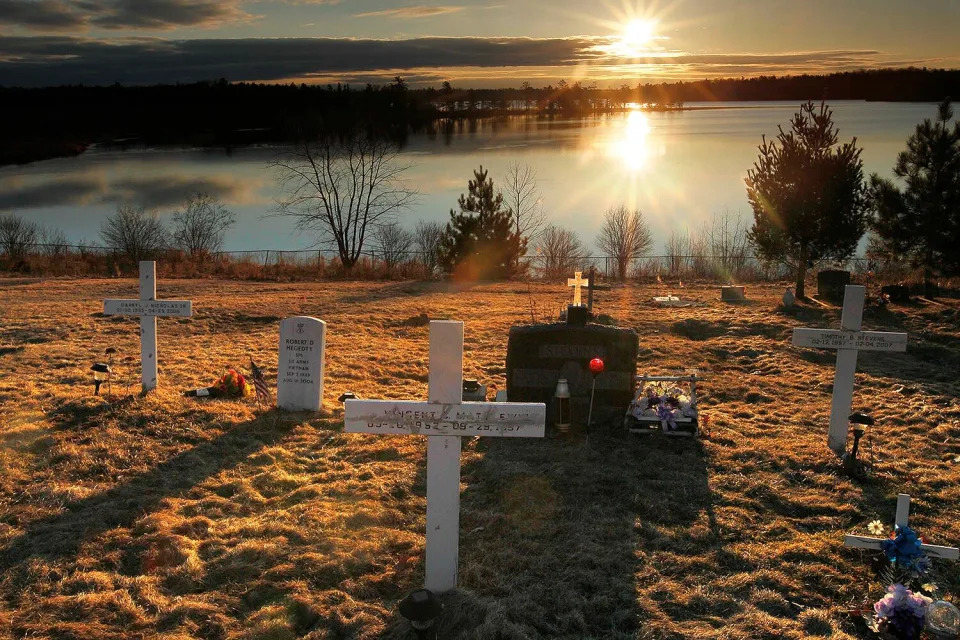
AP Photo/Robert F. Bukaty
A divided Supreme Court ruled Wednesday that states now have the authority to prosecute crimes committed by non-Natives on tribal land when the victim is Native American.
The high court’s 5-4 decision follows a plead by Oklahoma lawmakers, led by Republican Gov. Kevin Stitt, to revisit a landmark verdict in 2020 which saw SCOTUS side with Indigenous sovereignty and reserved the right to prosecute these crimes to federal and tribal officials.
In a 5-4 decision of the 2020 McGirt v. Oklahoma ruling, with Justice Neil Gorsuch penning the majority opinion, he maintained that Oklahoma did not possess the authority nor jurisdiction to prosecute McGirt, an individual who was convicted by the state for sex abuse crimes and is a member of the Seminole Nation of Oklahoma.
The new arguments were centered around Victor Castro-Huerta, a non-Native who was charged by state prosecutors for the malnourishment of his disabled 5-year-old stepdaughter, who is Native-American and a member of the Eastern Band of Cherokee Indians in Oklahoma.
Crucially, the court acknowledged when it accepted Castro-Huerta’s case that it rejected the state’s request to overturn the McGirt ruling in its entirety, and it has only agreed to reconsider the jurisdictional issue. The court noted this is specifically for cases in “Indian Country” where the victim is Native American and the defendant is not.
An important precedent established in the court’s 2020 decision is that a significant portion of eastern Oklahoma is still an American Indian reservation. The ruling mandated that the state is unable to prosecute Native Americans accused of crimes on tribal lands that include most of Tulsa, Oklahoma’s second-largest city and also one of the most dangerous metro areas in the United States.
A major component in both McGirt v. Oklahoma and Castro-Huerta’s case is the fact that federal officials have conceded they lack the resources to prosecute the totality of crimes that have fallen on their laps.
Justice Kavanaugh, a dissenter in the 2020 ruling, weighed in and stated, if the court rules against the state, “it’s going to hurt Indian victims,” he said.
Kannon Shanmugam, an attorney representing the state of Oklahoma, emphatically denounced the high court’s previous verdict, stating that only the federal government possesses the authority to prosecute crimes in almost half the state, which poses a substantial problem and leaves criminals on the street.
On the contrary, Sarah Hill, who serves as attorney general for the Cherokee Nation of Oklahoma, blasted SCOTUS’ decision to revisit the issue, stating, “prior to the decision in McGirt, Oklahoma had never attempted to assert jurisdiction over non-Indians who committed crimes against Indians,” adding that Oklahoma was trying to “create as much chaos and doubt as possible.”
A key swing vote in the case was Justice Amy Coney Barrett, the only current member who did not sit on the court when they debated the McGirt case. The associate justice sided with the majority.
Notably, Coney Barrett replaced Justice Ruth Bader Ginsberg after her death, who sided with the majority in McGirt v. Oklahoma, emphasizing the importance of a single justice.
In the majority’s explanation Wednesday, the five justices stressed that extending prosecutorial jurisdiction to the state would not impede on tribal independence.
“Here, the exercise of state jurisdiction would not infringe on tribal self-government. And because a State’s jurisdiction is concurrent with federal jurisdiction, a state prosecution would not preclude an earlier or later federal prosecution. Finally, the State has a strong sovereign interest in ensuring public safety and criminal justice within its territory, including an interest in protecting both Indian and non-Indian crime victims,” the verdict read.
The verdict will be widely viewed as an attack on the sovereignty of tribal lands and a breach of agreements between the government and Native American tribes, as the McGirt ruling previously solidified several treaties between the two sides.
Hill weighed in after that ruling, stating, “It’s incredibly important to the tribe to preserve the maximum amount of sovereignty that we have because that’s how we protect our communities.”
Cherokee Nation Principal Chief Chuck Hoskin Jr. said in a statement Wednesday: “With today’s decision, the U.S. Supreme Court ruled against legal precedent and the basic principles of congressional authority and Indian law.”
As the court’s dynamics continue to shift, many previously ruled upon cases could be reviewed by the high court, with verdicts continuing to change.


